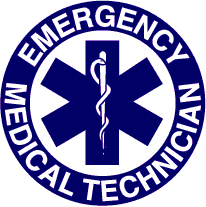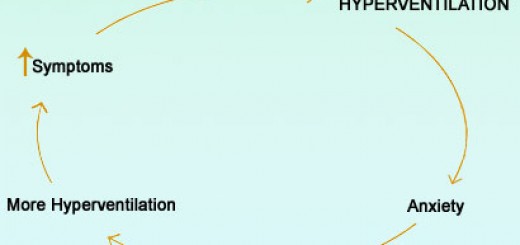What is the NREMT exam?
For you to most effectively study and prepare for the NREMT exam after completing all your EMT school coursework, it is vital that you understand how the exam is designed and implemented. The NREMT was designed as a Computer Adaptive Test (CAT), which is not like the normal pen and paper type tests everyone is used to. It is computer based and is “adaptive” based on a concept called Item Response Theory (IRT), which asks questions based on responses to previous questions that the student has made.
This is highly differentiated from a “linear” exam which simply spits out questions from a large pool of questions. When the accuracy of the test result is extremely important (such as how knowledgeable the individuals helping to save lives everyday are), computer adaptive tests are frequently used.
As the test is developed, each question is tuned to accurately reflect the difficulty level of the question. To accomplish this, the test includes random questions that don’t affect the score of the test taker after taking the test – these are called pilot questions. The difficulty level of these questions identifies the knowledge level necessary to correctly answer the questions. This difficulty level is randomized, so some questions require a low knowledge level, while others require a much higher knowledge level, along with everything in between.
Even the number of these pilot questions varies among the students taking the exam. When questions are answered correctly, or incorrectly the difficulty level increases or decreases accordingly. The initial pilot questions are on the easier side, below the level of knowledge required to pass the exam. As numerous questions are answered correctly, harder questions are introduced by the computer, thus “adapting” to the student’s knowledge level.
This computer generated calibration continually increases the difficulty of the questions after the majority have been answered correctly. This is what makes the NREMT exam seem much more difficult than it really is, leaving many students feeling like they didn’t do very well. The students overall ability is determined by the number of questions answered correctly or incorrectly, along with the level of difficulty of each questions. After the computer has decided whether the competency level of the student is above or below the standard, the test will end.
When students that are more prepared and have retained most of the study material answer most of their questions correctly, they take the NREMT and in a short amount of time, the computer establishes that the students competency level is above the standard and ends – often making it seem to the student like the test was very short. When the computer has reached a 95% confidence level in the students knowledge level, the test ends. Likewise, if the student demonstrates to the computer with 95% confidence that they will not reach the standard, the test will end.
Hopefully, after understanding the sophistication of the NREMT exam, you will become more motivated to properly and thoroughly prepare for it. This can be accomplished by studying your paramedic courses on a consistent basis. Make use of study materials like flash cards, study guides, study sheets, audio material, and study groups. All of these EMT training materials are extremely effective in developing your understanding of EMS procedures with as little stress as possible, provided you develop consistent study habits.






